Sony HT-G700 Dolby Atmos soundbar review: the most cinematic mid-range soundbar
The Sony HT-G700 is the best Dolby Atmos soundbar for most people, thanks to remarkable spatial processing
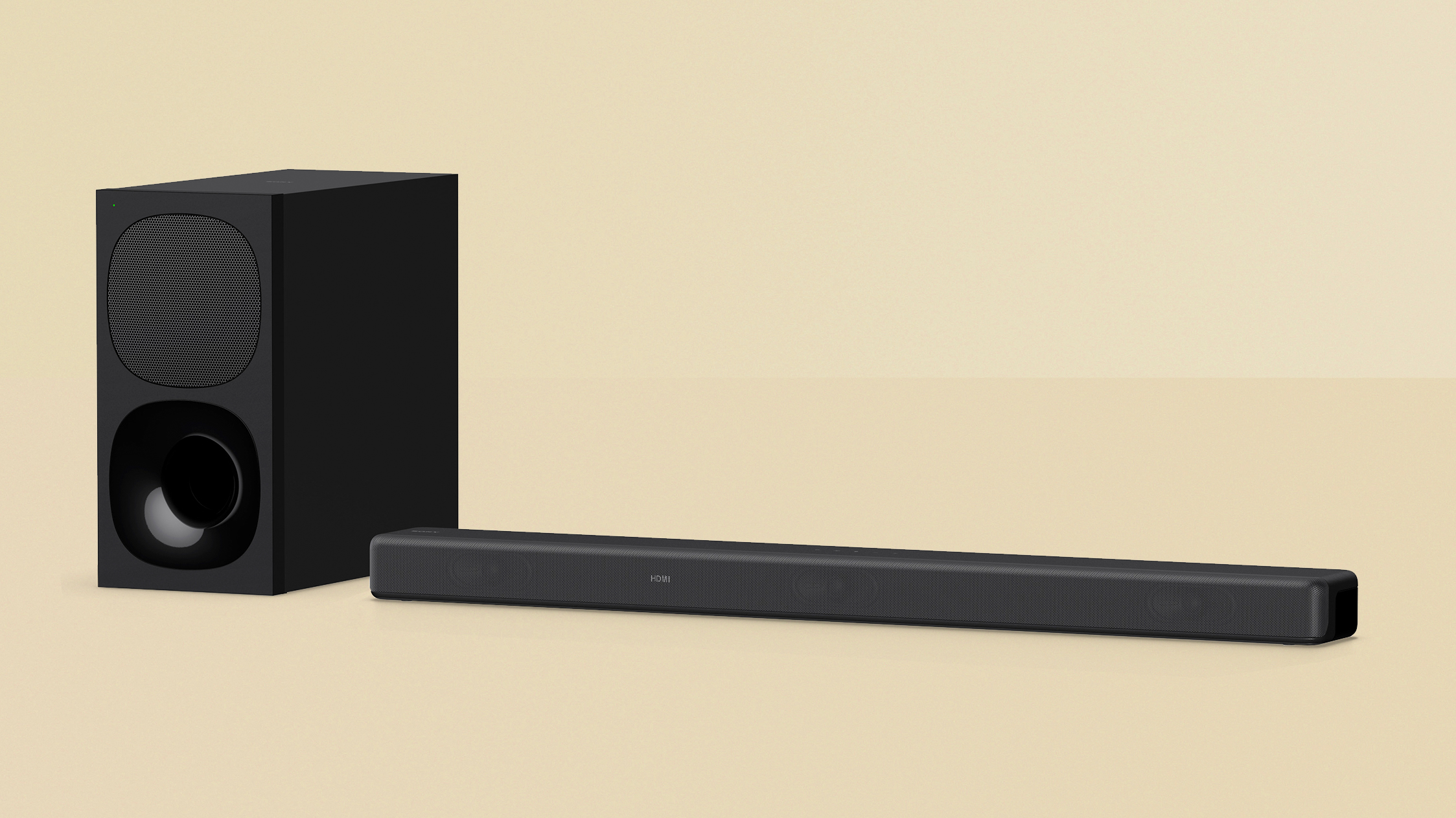
The Sony HT-G700 delivers a cinematic experience that's hard to pull yourself away from, no matter the source. It's the best mid-price soundbar available right now, and is well-designed and thought-out, too.
-
+
Remarkable spatial sound
-
+
Great audio quality overall
-
+
No-effort setup
-
+
4K HDMI passthrough
-
+
Suitable for 43-inch TVs and up
-
-
Not good with music
-
-
Not as dynamic as fancier soundbars
-
-
Not real surround and height
Why you can trust T3

Welcome to T3's Sony HT-G700 Dolby Atmos soundbar review. This is kind of a sequel to the hugely popular Sony HT-X8500 that's been a staple of our list of the best soundbars for a while, and like so many greats sequels it builds on what came before to deliver something bigger, better and more epic.
This is a two-box system, meaning you get the soundbar that sits under your TV, plus a wireless subwoofer that goes wherever you want it. This makes it a tad harder to fit into a cramped living room than a soundbar-only option (though you can run it without the sub if you prefer), but we can't emphasise enough how much a subwoofer adds to the cinematic experience of movie soundtracks, even in quite subtle ways, so we're really happy this great-value package comes with one.
And it helps that the soundbar itself is smaller than most Dolby Atmos bar rivals: it's small enough to fit under the best 43-inch TVs, 48- to 50-inch TVs, 55-inch TVs and would even do the business for 65-inch TVs.
If you've been following recent soundbar options, it will make sense if we say that fills the gap between the Sonos Beam (our favourite lower-cost bar) and the new Sonos Arc (the best one-bar Dolby Atmos option) – both in terms of features and price. It also avoids all the flaws the Sonos Arc has, making it a hugely tempting option…
If you haven't been following recent soundbar options, then don't worry: we'll explain all.
- Meet the best TVs money can buy
- How about just the best OLED TVs?
- Get ready for PS5 with the best gaming TVs
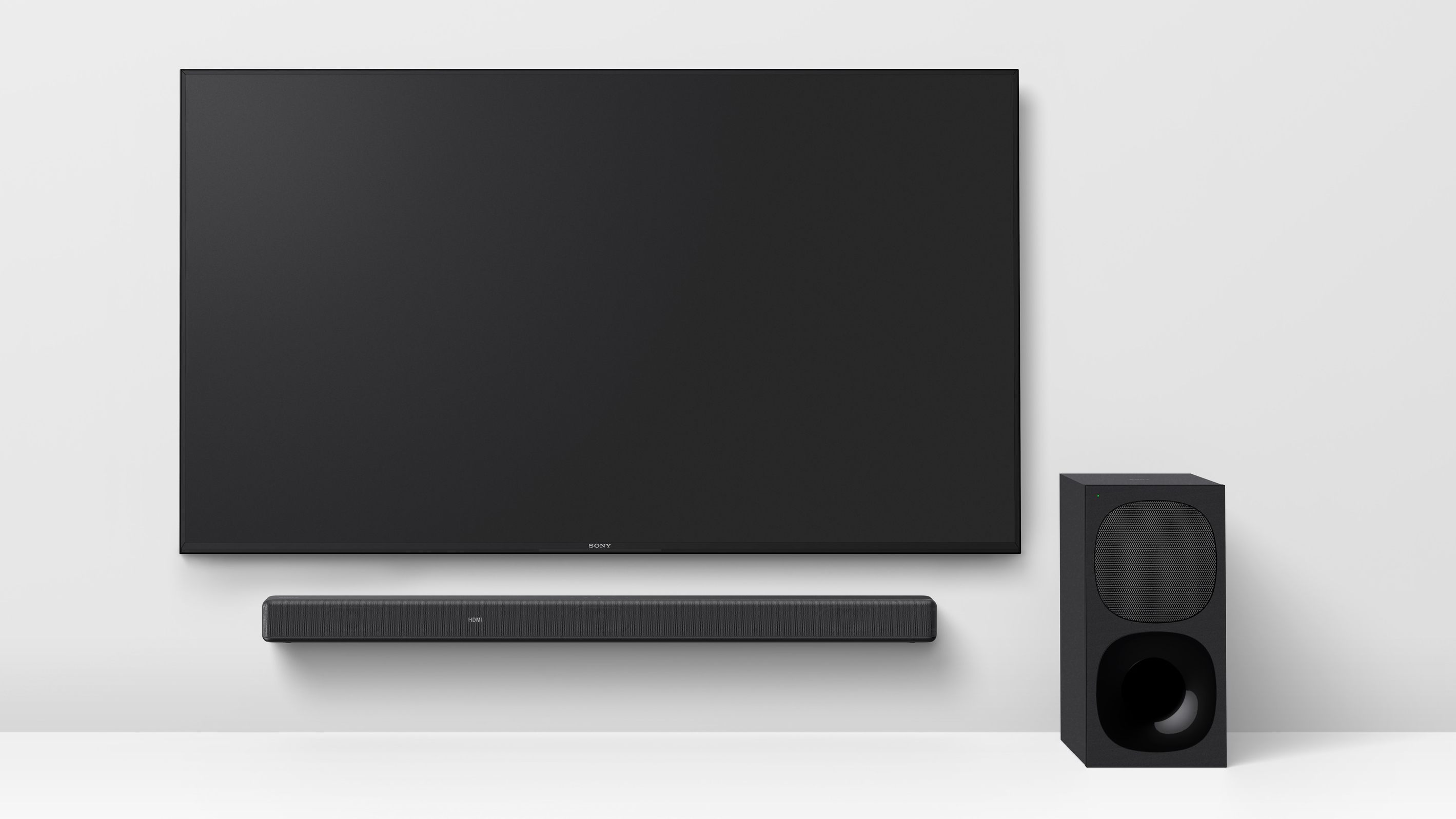
Sony HT-G700 review: price, release date & features
The Sony HT-G700 was released in June 2020, at a price of £450/$600 – though we're already seeing some discounts on that. It's excellent value even at full price, so with any extra cuts, just colour us even more impressed with it. We saw this pattern with the Sony HT-X8500 mentioned before, too.
The HT-G700 is a 3.1 speaker system, meaning that it includes three full-range drivers in the soundbar section, plus the dedicated separate subwoofer. Using Sony's audio processing prowess, it promises to be able to use just those three speakers to create a spatial soundfield akin to surround sound – Sony's promises of it coming across like a 7.1.2 full surround Atmos system are overblown, as is always the case with these things, but as we'll see later, it does a stunning job of trying.
For comparison, the Sonos Arc has 11 speakers at different angles, including truly upfiring drivers for Atmos height, also to create a spatial surround-like system, so Sony's processing is doing a lot of work that its drivers can't.
One feature that deeply pleases us is the inclusion of two HDMI ports: one for connecting to your TV if it has an HDMI ARC or eARC connection (you can use an optical cable if not), and one for plugging a video source into the bar, which is passed onto your TV. This has two advantages: first (and simplest) is that it means you don't lose one of your precious HDMI ports just to the soundbar.
Second is that, if your TV doesn't support Dolby Atmos, you can still take advantage of the Dolby Atmos support in the soundbar: plug an Atmos-ready media streamer or Blu-ray player into the HT-G700 and you can pass its video on to the TV, but the Atmos audio is grabbed and decoded by the soundbar before it ever gets to the TV that doesn't understand it, so you still get maximum audio-quality thrills without a TV upgrade.
The Sony does all this for DTS:X too: this rival format to Dolby Atmos isn't used for streaming it all (Dolby dominates there), but features on Blu-rays. Many of the HT-G700's rivals omit this, so it's good have here for purists.
The HT-G700 also has Bluetooth support for playing music to it directly, though no higher-quality Bluetooth streaming is included, so (as we'll come to), it's not a key feature really.
On the front is a small screen that shows volume levels, as well as useful information such as what sound mode you're in (and lets you scroll through menus to tweak settings).
The main sound modes here are: Cinematic, Standard, Music and Immersive AE – the latter turns on the full breadth of its spatial processing, adding surround-like elements even to basic soundtracks.

Sony HT-G700 review: sound quality
As with all great soundbars, you'll notice an audio upgrade from the HT-G700 immediately compared to using the built-in speakers on your TV. Partly that's down to the better balancing and clarity of speakers that face directly towards you (since so many TVs fire their speakers down or to the side/rear, in the interest of looking clean from the front), partly that's down to the extra depth you get from a good selection of drivers and a subwoofer, and partly it's down to the width and height that the soundbar immediately delivers, regardless of source.
Speech is usually the 'boring-but-essential' thing people most want improved by a soundbar (with bass being the 'exciting' thing), and the HT-G700 does an excellent job here, adding firmness to vocals and picking them out of soundtracks nicely. There is also a speech enhancement mode (activated with a single button press) if you need to boost voices even further in a poor mix, or just if it helps you hear more clearly.
And the bar and subwoofer combination is just as effective as you'd hope for adding meaty bass underpinnings to soundtracks. One thing I especially like is that the subwoofer feels suited to a real-life living room for people in flats or terraced housing: it adds majorly to the low-end, but doesn't rumble the room in a way you're sure will annoy the neighbours.
If you've never used a subwoofer with a TV sound setup before, it really is an instantly noticeable upgrade. It's not about adding an artificial thump when someone gets punched or something like that: it's about adding the realism of a low thrum to a roaring engine or wave crash. Your brain knows how these things sound, and you don't even realise that hearing it on normal TV speakers is missing part of the audio profile of those sounds until it gets added back in with a dedicated subwoofer, at which point you think "Oh, right."
But those are the basic sound improvements: the big selling point here is is the fancy directional sound stuff, and the GT-700 thoroughly impresses.
As with the Sonos Arc, not having rear speakers means that it simply can't convincingly or consistently replicate sounds coming from behind you or directly overhead, but when you're sitting facing the soundbar, the feeling is that the sound covers the whole room in front of you.
Noises can have the distinct feeling of coming from left and right of the screen, and up and down – though the lack of upfiring speakers mean it's better at width than height. There's a noticeable amount of precision too: something happening in the centre-left of screen doesn't sound as extremely left as something that's just zoomed off-screen in the direction.
Occasionally, it does feel like it's expanding beyond being in front of you, in tiny doses. In a crowd scene, a voice that's meant to come from behind you does just about have that feeling, if it's really short and sharp – anything of length breaks the illusion. But achieving that, in itself, is seriously good work from Sony.
With regular Dolby soundtracks, you can get close to what it sounds like in Atmos by turning on the Immersive AE option (just a single button on the remote), which analyses the soundtrack to 'upscale' it with even more direction detail, in a sense.
And it's really effective! We turned Immersive AE on for movies and TV, and didn't look back – it may be overkill for some things, but if you've bought a great screen, having an expansive soundscape where it feels like sounds really match the images for position is impossible to go back from.
As you may know, we're huge fans of the Sonos Beam, and it still has some advantages over this soundbar (price and, as we'll come to, music), but switching to the stereo presentation of that after the wide soundstage couldn't help but be a little deflating.
However, the G700 does have limitations when compared to the Dolby Atmos competition in some areas, though none is a dealbreaker when taking the price into account.
The first is that it's not as dynamic as fancier competition. What we mean by this is that it's weaker with sudden changes in sounds than, say, the Sonos Arc. You wouldn't really notice this on its own when it comes to an explosion or gunshot ringing out in a quiet scene: the change is still effective here, even though the Sonos can give it more impact. Where it's noticeable is in scenes with already swirling soundtracks or background noise – an extra new noise doesn't always stand out very well.
Punch impact sounds in a fight scene with a roaring score feel depressed compared to the way the Sonos Arc picks them brightly out of the din without missing a beat on the music, for example. Gunfire in a hectic battle scene can sound backgrounded, when it should be a prominent threat.
This is likely down to the Arc (and other higher-end bars) having many more drivers to devote to the cause. The Arc is like an electric hypercar, able to race away in a second with a tap on the accelerator; the Sony is a drag racer that needs to manage its gears. But given that you have to nearly double what you spend to get that kind of improvement, we think most can live with that minor issue. It certainly isn't worse than similarly priced soundbars for it.
It also isn't quite as good at layering sounds with depth in front of you as the Sonos Arc. While the Sony is great at spreading sound to the sides and up, the Arc can also feel like some are a tad further forward or back. Again, it's a small thing, but that's the difference between this and a higher-end bar.
Finally, it's not good for music over Bluetooth, even on the Music setting. It sounds so compressed and flat that we'd honestly prefer to just stick with the good speakers on modern phones than go to the hassle of connecting to it. Even the subwoofer doesn't seem bothered to really be involved when playing tracks. It's odd, and completely out of character with the rest of what it can do.
If you want a soundbar in this price range to double as a music speaker often, the Sonos Beam is definitely a better option.
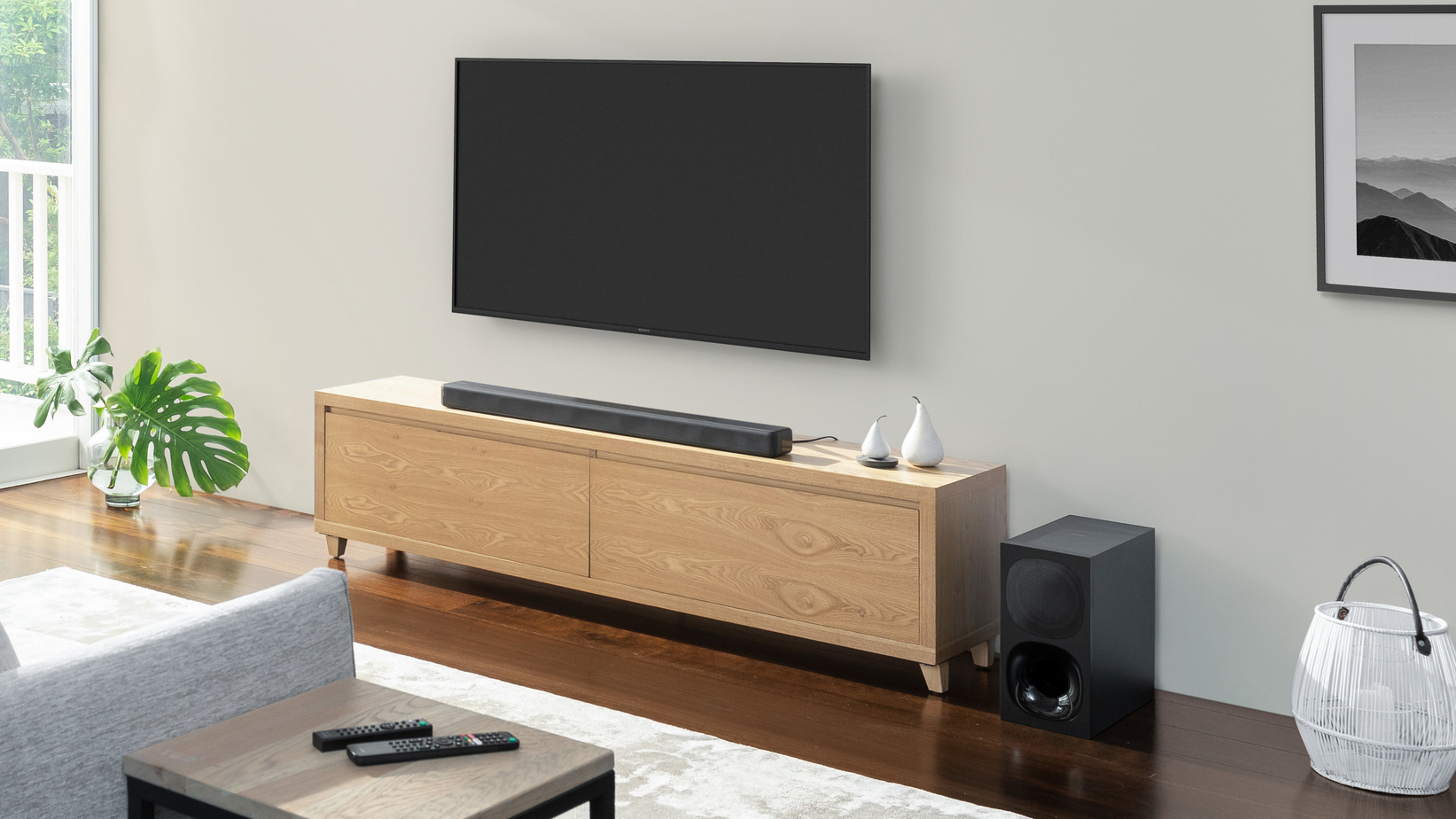
Sony HT-G700 review: Design and usability
The HT-G700 is not a fancy design, but it does nothing wrong and lots of things right.
The soundbar build is solid all around, including a plastic grille – there's a trend for cloth grilles in some soundbars, which often look fantastic, but TV stands are dust magnets, and an all-over hard chassis is easier to clean. Boring, but true.
It has a small LCD screen hidden under the grille at the front, for showing volume level (important, since not all TVs will show it themselves when an external speaker is connected), and also acts as the menu for changing settings.
The soundbar is just 64mm tall, so is an ideal height to sit under the screen of almost any TV. We also mentioned about it being not too long, either: at 980mm, it's great for 48-inch TVs and up, and it wouldn't look silly with a 43-inch TV, either. That's another win for it compared to more expensive soundbars: they're almost universally much bigger, pairing with 55-inch TVs or larger.
The subwoofer is also moderately sized and designed. It's too chunky to fit under many sofas (an option some are designed for specifically), but it's not huge, and I just popped it next to my TV stand in the end, without it feeling like an encroachment. But, being wireless, you can hide it anywhere, really.
Speaking of the wireless subwoofer, one thing this system really nails is the setup experience. Get it out of the box, plug both units in, connect the bar to the TV… and just listen. The woofer and bar are already synced, there's no app required because it's not a Wi-Fi speaker, and the HDMI connection worked seamlessly. We then plugged a media streamer into its HDMI input to passthrough to the TV, and that instantly worked too. No drama. We didn't even open the instruction manual until we wanted to really dig into the menus.
The small remote has buttons on for switching to key audio modes, but there are some extra sound settings that the more AV geeky among you may want to dig into. The tiny LCD screen can't really explain what they do, but the manual does, and when you know what you're looking for, navigation is simple enough. As we say, though, the key thing is that for most people, you'll never need to push more than a single button if you even want to change modes anyway.
You can also adjust the subwoofer's volume individually from the remote, and can choose to use just the soundbar instead, if you prefer.
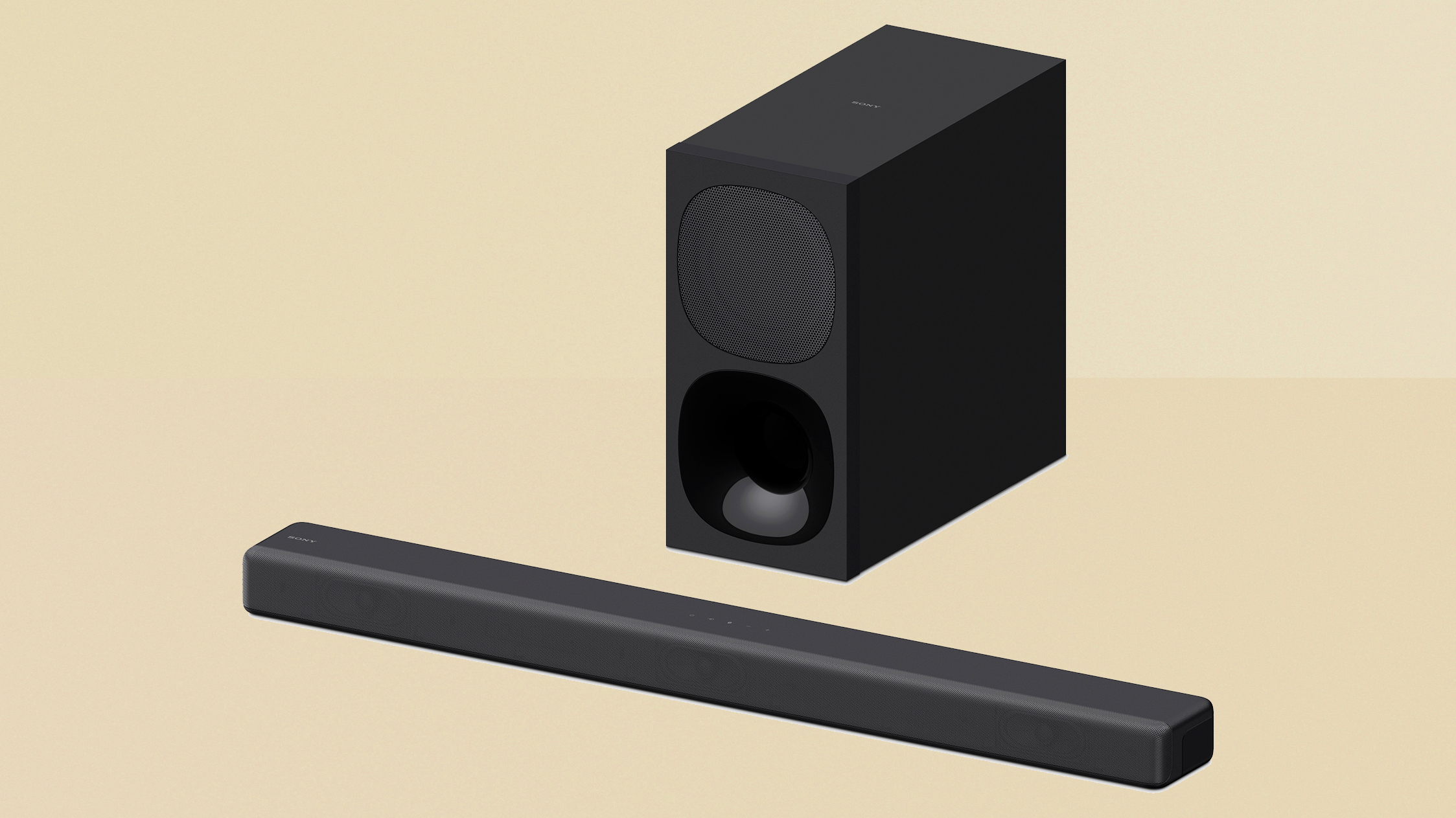
Sony HT-G700 review: verdict
This is a really great soundbar that I strongly recommend for those with mid-range TVs who want a big cinematic upgrade for movies. The way it creates a rich, directional sound is so impressive, and it's a really well-designed and great-value package.
It is so close to getting our five-star Platinum Award, and I wish Sony had been able to squeeze in a couple of upfiring drivers, the way that the Sharp HT-SBW800 Dolby Atmos soundbar does for the same price, because that could have added the extra-convincing height and more dynamic touch that it needs to be almost perfect.
As it is, it's still the option we think most people should go for in this price range, thanks to its ease of use as well as its great sound.
Sony HT-G700 review: Also consider
The main competition to the Sony HT-G700 includes the Sharp HT-SWB800 mentioned above, which is a direct competitor in that it aims to serve exactly the same purpose as this. It lacks Sony's processing expertise for spatial positioning, though is pleasingly potent. It's also significantly larger at around 120cm. We think the Sony is the better package, but it's definitely worth a look.
We've mentioned the Sonos Arc a lot – if you want something trying to achieve the same thing as the Sony, but that sounds as good as any soundbar can while doing that, there you go. However: 1) it's massive; 2) it's twice the price; 3) it doesn't come with a subwoofer; 4) it doesn't have HDMI passthrough. It's the superior soundbar, but it's not necessarily the better choice – read our Sonos Arc review to know for sure.
And there's the Sonos Beam. If you want to spend less than the HT-G700, that's the best soundbar in the end of the market.
Finally, we've talked about how these front-only soundbars can't replicate a full surround experience, despite trying hard. There is a Dolby Atmos soundbar with rear speakers in this kind of price range, though: the Vizio 5.1.2 Dolby Atmos Soundbar. It still costs a chunk more than the Sony, and takes more setting up, but delivers on the surround promise.
The best version of this surround experience is the Samsung HW-Q90R, which uses 17 drivers and rear speakers to give a full 7.1.4 Atmos experience. It costs around twice as much as the Sony HT-G700, but is worth every penny.
Sign up to the T3 newsletter for smarter living straight to your inbox
Get all the latest news, reviews, deals and buying guides on gorgeous tech, home and active products from the T3 experts
Matt is T3's former AV and Smart Home Editor (UK), master of all things audiovisual, overseeing our TV, speakers and headphones coverage. He also covered smart home products and large appliances, as well as our toys and games articles. He's can explain both what Dolby Vision IQ is and why the Lego you're building doesn't fit together the way the instructions say, so is truly invaluable. Matt has worked for tech publications for over 10 years, in print and online, including running T3's print magazine and launching its most recent redesign. He's also contributed to a huge number of tech and gaming titles over the years. Say hello if you see him roaming the halls at CES, IFA or Toy Fair. Matt now works for our sister title TechRadar.
-
 Gossamer Gear's Grit 28 is a masterclass in ultralight backpack design
Gossamer Gear's Grit 28 is a masterclass in ultralight backpack designTrail runners and fastpackers, take note
By Matt Kollat Published
-
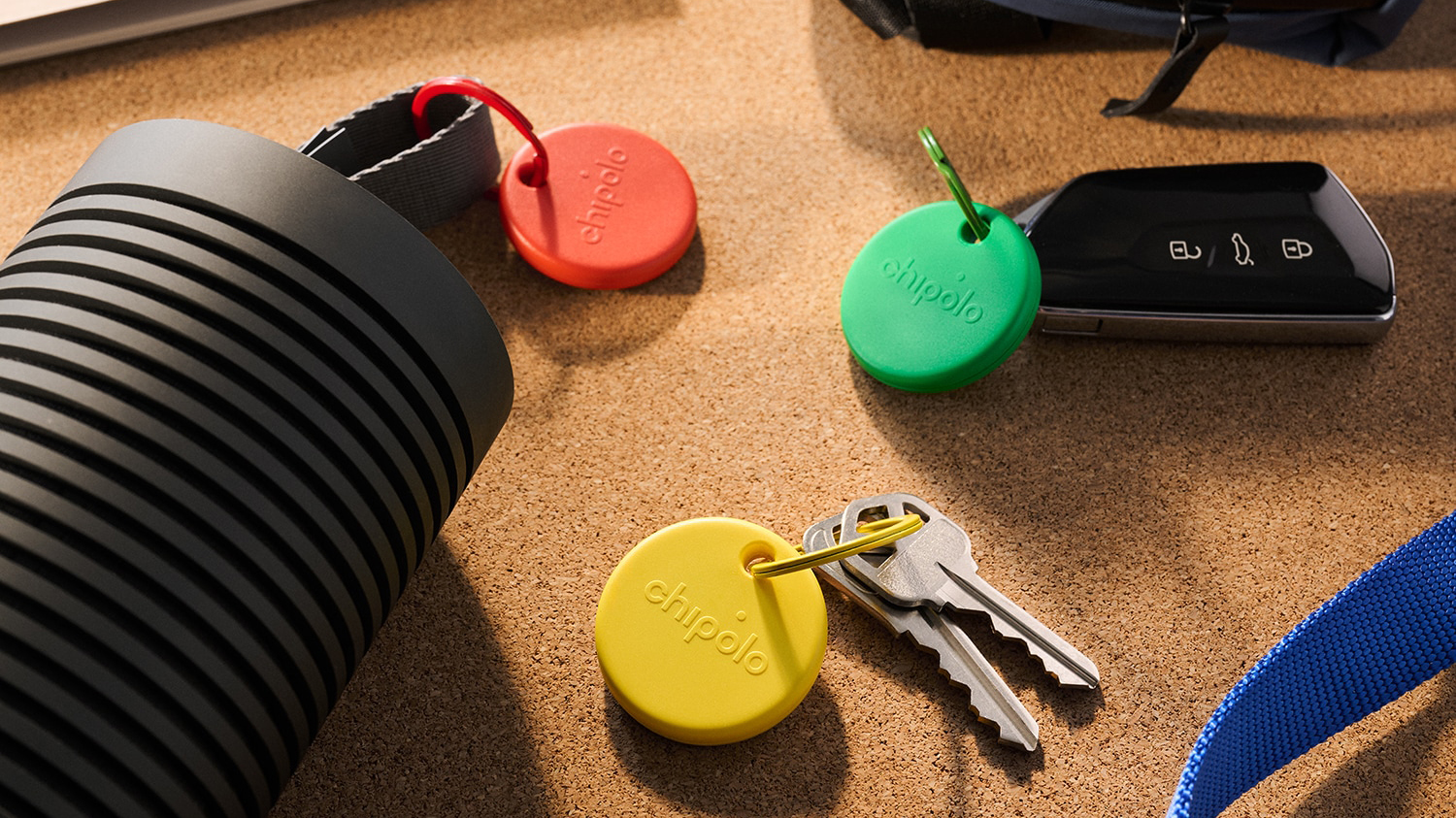 Forget AirTag, Chipolo's new Bluetooth tracker adds a dash of colour
Forget AirTag, Chipolo's new Bluetooth tracker adds a dash of colourChipolo's Pop tracker works with both Apple's Find My and Google's Find My Device – so you can track whichever platform you're using
By Mike Lowe Published
-
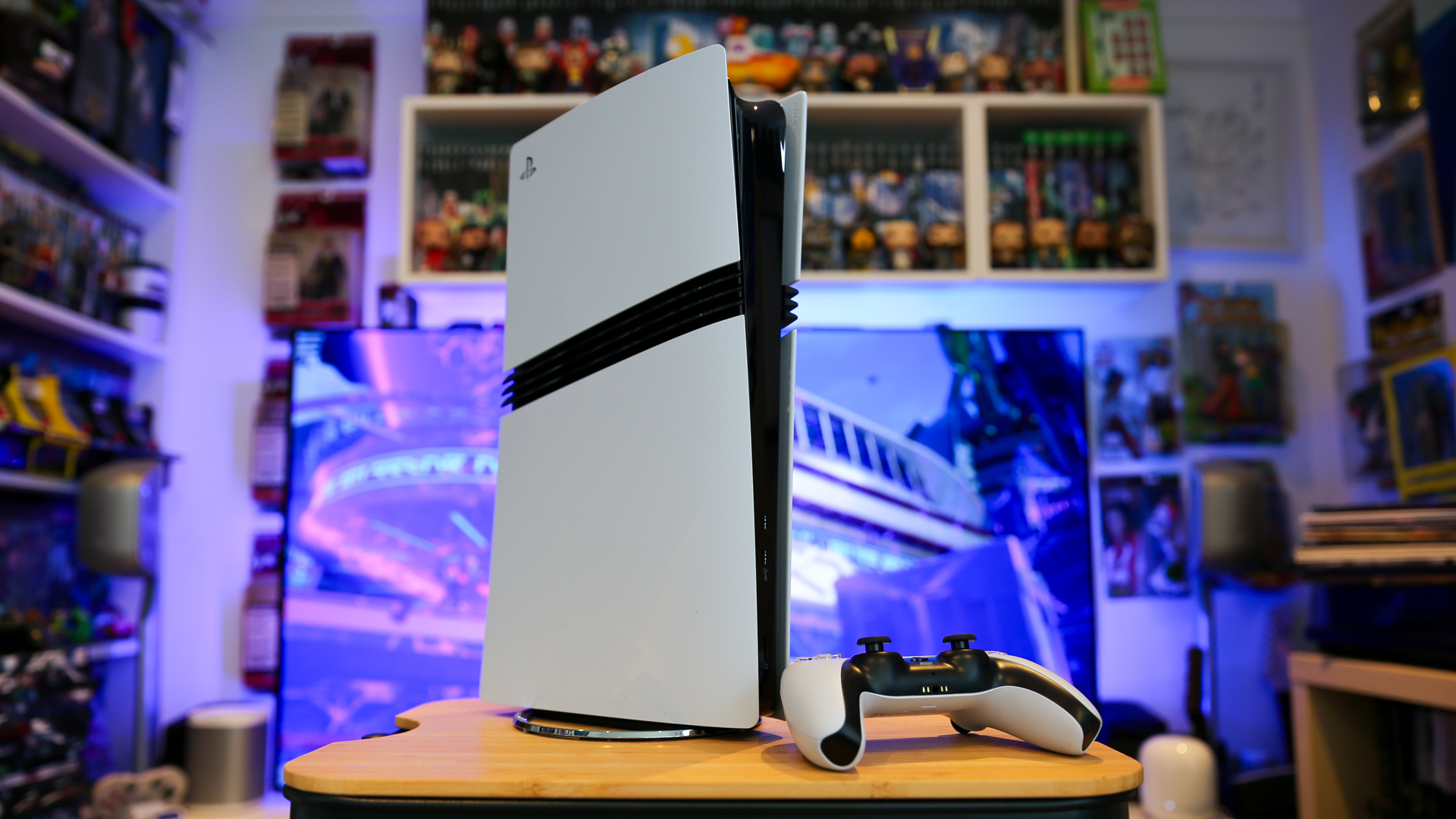 The 5 luxury PS5 Pro accessories I can't live without – How to upgrade your PlayStation in style
The 5 luxury PS5 Pro accessories I can't live without – How to upgrade your PlayStation in styleIf you want a better experience for your PS5 Pro, you need these luxury upgrades
By Max Freeman-Mills Published